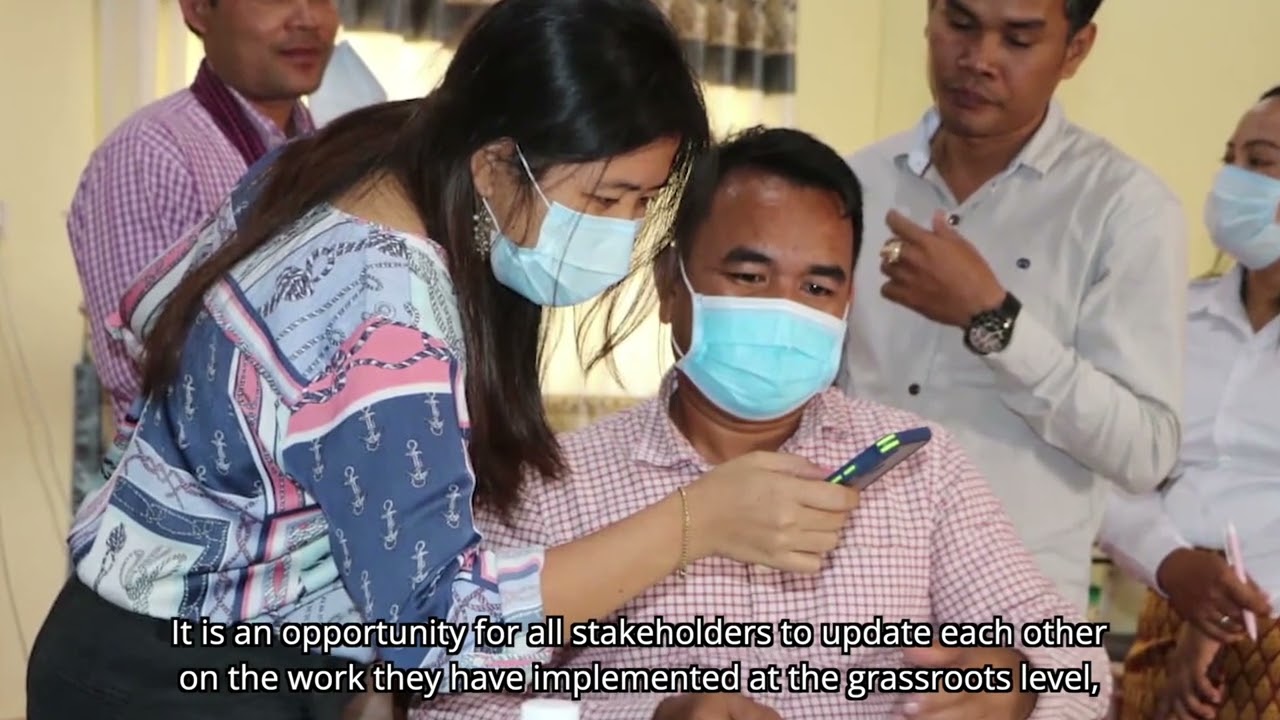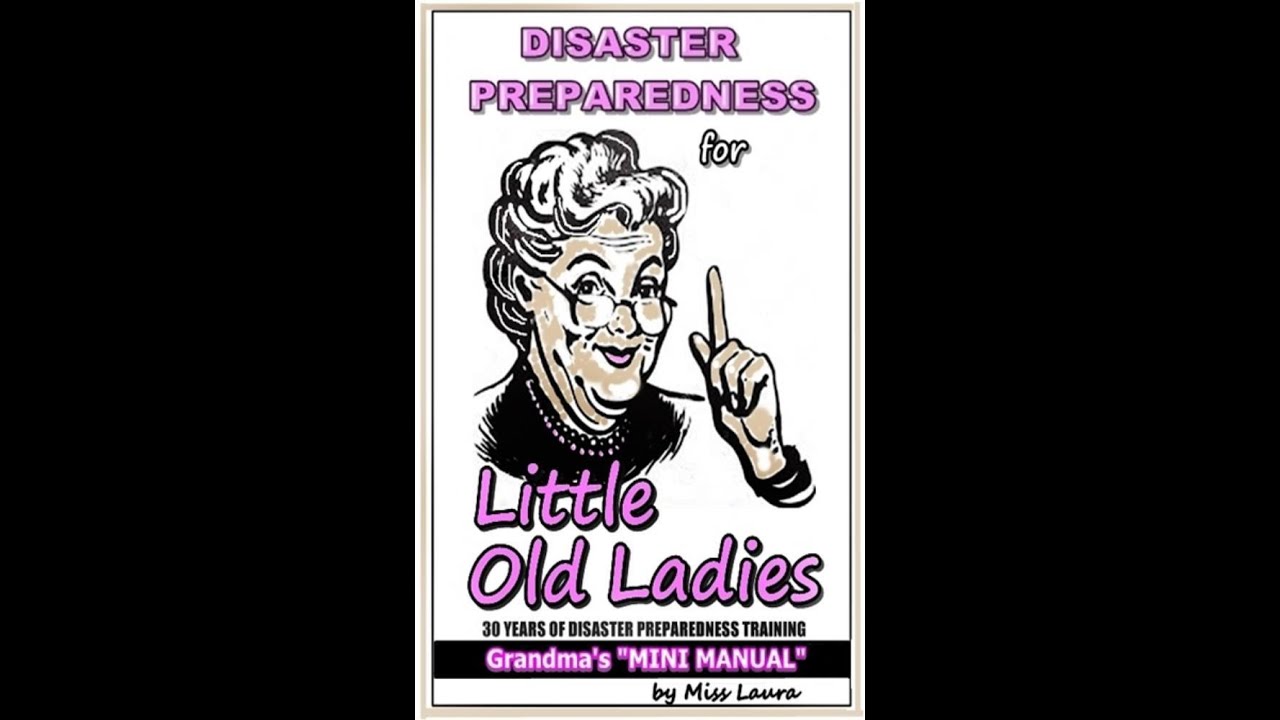Womens Preparedness
Emergency Urban Navigation: Tips for Getting to Safety in a Crisis

Emergency Urban Navigation: Tips for Getting to Safety in a Crisis
Hello there, fierce and prepared women! I’m Jade Tripp, and today we’re diving into an essential skill every woman should possess: urban navigation in emergency situations. Whether it’s a natural disaster, civil unrest, or any unexpected crisis, knowing how to safely find your way is crucial. This article will equip you with practical tips, personal stories, and strategies to navigate urban environments confidently when things get tough.
Understanding Your Surroundings
The first step in any emergency situation is to have a solid understanding of your environment. Familiarizing yourself with your local area can be a game-changer. Here’s how:
1. Know Your Routes
Before an emergency even arises, take time to map out possible escape routes in your neighborhood and workplace. Use resources like Google Maps or local map applications to identify:
- Main Roads: Broad streets are typically safer and easier to navigate.
- Side Streets: These can act as shortcuts if main roads are blocked.
- Landmarks: Familiar buildings, parks, and sculptures can serve as reference points.
Real Life Example:
Sarah, a teacher from New Orleans, recalls how she used her knowledge of neighborhood routes during Hurricane Katrina. With major roads flooded, she took lesser-known paths that allowed her to safely reach higher ground with her students. Knowing her local area was vital to keeping everyone safe.
2. Identify Safe Spaces
Understanding where to go is just as important as knowing how to get there. Identify:
- Community Centers: Often serving as shelters during emergencies.
- Religious Buildings: Churches and mosques frequently open their doors for those in need.
- Public Buildings: Libraries or schools can provide refuge and resources.
Real Life Example:
During widespread protests in a major city, Lisa found that local libraries were not only safe havens but also equipped with resources and information to help individuals navigate the unrest.
Tools and Technology
While knowledge is your most powerful tool, technology can be an invaluable ally.
3. Use Navigation Apps
Apps like Google Maps, Waze, and Citymapper not only help you with directions but can also show real-time traffic conditions. Make sure to download these apps before any crisis. Here are a few tips for utilizing them effectively:
- Offline Maps: Download maps of your area offline so you can access them when the internet goes down.
- Alternative Routes: Make use of features that show multiple routes so you can adapt on-the-fly.
4. Have a Portable Charger
Keeping your devices charged is essential. Invest in a portable charger so you can maintain access to GPS and communication tools. It could mean the difference between staying connected with loved ones or being in the dark during an emergency.
Maintain Situational Awareness
5. Trust Your Instincts
Your intuition is a remarkable tool. Always listen to your gut feelings. If a route feels unsafe or a situation seems uncertain, don’t be afraid to change your plans.
6. Stay Alert
Practicing mindfulness can help you maintain awareness. Here’s how:
- Observe Your Surroundings: Regularly check the people and objects around you.
- Stay Connected: Share your route with a trusted friend or family member. Use apps that allow for location sharing.
- Avoid Distractions: While navigation becomes crucial, keeping your eyes and ears open is vital. Put your phone away unless needed for directions.
Build a Support Network
7. Group Navigation
There’s strength in numbers! Whenever possible, navigate with a group. Create a local “safety group” of trusted friends or neighbors who can help you in times of crisis. Regular meet-ups can strengthen relationships and enhance preparedness.
Real Life Example:
A group of women in my neighborhood organized regular “safety walks” after a series of burglaries. Not only did they familiarize themselves with the surroundings, but they also bonded and established trust among each other. This collective knowledge and strength can be incredibly empowering.
An Emergency Kit on the Go
8. Prepare a Go-Bag
Always have an emergency kit ready. Here’s a checklist of must-haves for your bag:
- Basic First Aid Supplies: Band-aids, antiseptic, medicine, etc.
- Maps: Printed copies of local maps.
- Water and Non-Perishables: Enough to last a few days.
- Flashlight: Preferably a small, portable one.
- Emergency Contacts: A list of phone numbers and addresses.
The Final Word
Navigating through an urban landscape during a crisis can be daunting, but with the right strategies and preparedness, you can face any situation confidently. Remember, knowledge is power. Stay informed, practice your routes, and keep your instincts sharp.
You’re not alone in your journey toward personal safety. Equip yourself, connect with your community, and step into the world with the confidence that no matter the crisis, you have the tools to find your way through.
Stay safe, prepared, and empowered!
Womens Preparedness
From the Frontlines to the Homefront: How Female Veterans Stay Ready for Anything

Hello, ladies! I’m Jade Tripp, and today we’re diving into an inspiring and empowering topic that speaks to the heart of self-defense, preparedness, and resilience: how female veterans transition their skills from military service to everyday life, ensuring they’re ready for anything. Whether you’re a veteran or simply someone interested in personal safety and preparation, there’s a wealth of wisdom we can draw from these courageous women.
The Transition: Skills That Serve Beyond the Battlefield
Female veterans bring a unique set of skills and experiences to the home front. Many have faced intense situations that require quick thinking, adaptability, and resilience—qualities that easily translate to personal protection and preparedness.
Real-Life Examples
Consider Sergeant First Class Jennifer B., who served two tours in Iraq. She talks about how her military training taught her situational awareness and the importance of being prepared for anything. Upon returning home, she took these principles and started a community self-defense program for women. This endeavor has empowered many, showing that the lessons from the battlefield can serve us well in daily challenges.
Embracing Preparedness: Lessons in Everyday Life
Preparedness is not just about weapons or physical defense; it’s about being aware of your surroundings and knowing how to react in various situations. Here are some of the essential concepts that female veterans embrace:
Situational Awareness
This means being aware of what’s happening around you. For instance, veterans often practice scanning a room when they enter, assessing exits, and identifying potential threats. You can enhance your situational awareness by:
- Practicing Mindfulness: Take a moment to breathe and observe your environment.
- Avoiding Distractions: Put your phone down and engage with the world directly.
Self-Defense Skills
Many female veterans have taken their combat training and adapted it into practical self-defense techniques. For example, Corporal Lisa R. trained in hand-to-hand combat during her service. Upon her return, she started offering classes in basic self-defense, empowering women to feel confident and capable. Remember, it’s not just about fighting back; it’s about knowing how to create space and escape dangerous situations.
Building a Support Network
One profound aspect of military service is the camaraderie formed among service members. Female veterans carry this sense of community into civilian life. They create networks where women can connect, share resources, and discuss safety tips. Many veterans join organizations such as Women Veterans of America, which provides a powerful support system for women adjusting to life post-service.
Local Groups to Consider Joining
- Girls on Guard: An initiative that offers self-defense workshops and personal safety strategies.
- Women’s Self-Defense Network: Local branches often host classes focusing on different aspects of self-defense.
The ‘Just in Case’ Mindset
Preparedness involves more than just physical readiness; it’s about planning for various scenarios. Female veterans often adopt a ‘just in case’ mindset, anticipating potential emergencies and making plans accordingly. Here are some practical steps to consider:
Emergency Preparedness Kit
- Basic Supplies: Include items like a flashlight, first-aid kit, water, and non-perishable food.
- Personal Defense Items: Pepper spray or a personal alarm can add layers of security while out and about.
Practicing Scenarios
Role-playing potential escape strategies with friends can be incredibly beneficial. For instance, practice what you would do if confronted by an aggressive stranger or if you got lost while traveling. The more familiar you become with these scenarios, the more confident you’ll feel!
Encouragement: You Are Capable!
To all the women reading this—know that you are strong, capable, and resilient. Whether you have military experience or not, embracing self-defense and preparedness is empowering. You have the power to safeguard yourself and those you love.
Final Thoughts
Female veterans remind us all that readiness begins with knowledge, community, and the strength to prepare for any situation. So, let’s honor their brave spirits by adopting their strategies into our everyday lives.
Remember, it’s never too late to start your journey into self-defense and preparedness. Join a local class, connect with other women, and share your stories. Together, we can empower one another to stay ready for anything life throws our way!
Stay safe, strong, and always prepared!
Womens Preparedness
Localizing Preparedness for Response in Cambodia

This video documentary by PADEK together with the PPC secretariat and Women’s Media Center (WMC) showcases PPC’s …
source
Womens Preparedness
DISASTER PREPAREDNESS for Little Old Ladies

Caring, timely and needed! “DISASTER PREPAREDNESS for Little Old Ladies” is not your every day Emergency Preparedness …
source
-

 Womens Self Defense10 months ago
Womens Self Defense10 months agoNew Legislation Empowers Women to Defend Themselves
-

 Self Defense News1 year ago
Self Defense News1 year agoShe was convicted of killing her abusive boyfriend. Now a Maple Grove woman is home awaiting a new trial.
-

 Self Defense News1 year ago
Self Defense News1 year agoSelf-Defense for All: The new Gracie Jiu-Jitsu Pasadena is for everyone | Online Features
-

 Womens Self Defense1 year ago
Womens Self Defense1 year agoTop 5 Self-Defense Techniques Every Woman Should Know
-

 Womens Fitness1 year ago
Womens Fitness1 year agoXtreme Bodyweight HIIT (Lots of Jumping!) | Joanna Soh (Fio Series)
-

 Womens Self Defense7 months ago
Womens Self Defense7 months agoUnderstanding State-by-State Variation in Self Defense Laws
-

 Womens Preparedness1 year ago
Womens Preparedness1 year agoThe Importance of Self-Sufficiency Skills in Today’s World
-

 Womens Preparedness1 year ago
Womens Preparedness1 year ago10 essential skills for surviving in the great outdoors



